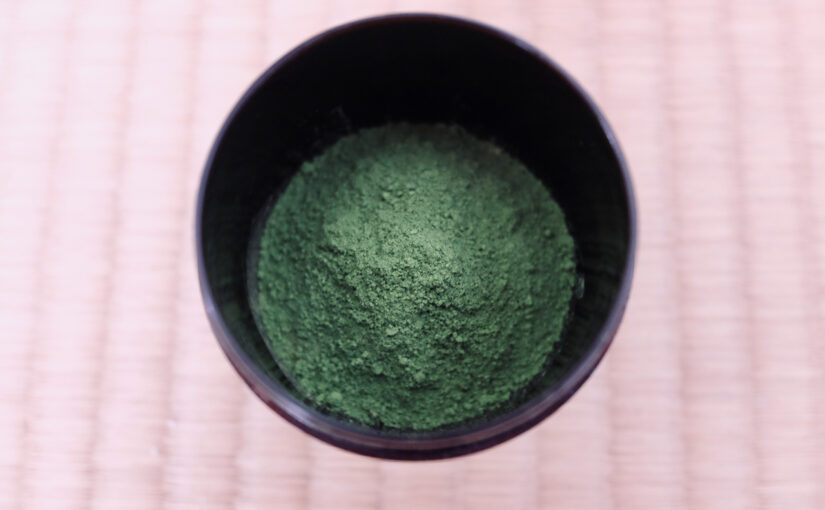They all come from the same tea tree.
Matcha Green Tea in Natsume Tea Container: Photo by Author Akemi Sagawa
Matcha, sencha, genmaicha, hojicha, … Now I see a wide variety of green teas even here in Seattle. It seems to be a thing of the past that green tea used to be a signature drink of Japan.
What’s the difference between those teas? Are they made from different types of tea trees? You may wonder.
Actually, they are all made from the same species, Camellia sinensis. The difference lies in how the trees are grown and how the tea leaves are processed.
Tea leaves contain theanine, a kind of amino acid that generates its rich flavor. Theanine is known to suppress the stimulant effects that caffeine has. Once the tea leaves are kept under strong sunlight, theanine changes to catechin, which causes a bitter flavor.
Just before the new leaves come out, tea growers cover the trees for about 20 days to avoid strong sunlight. The new leaves that are grown under the cover retain the most theanine, yielding a sweeter taste. The new leaves generate more chlorophyll for photosynthesis to compensate for less sunlight, hence the leaves have a more vivid green color.
Only the first three or four leaves that were grown under the cover are handpicked, steamed right away to avoid fermentation, and ground finely to finally make matcha.
The extra process and care make matcha’s magical color, aroma, and flavor.
Sencha leaves are grown under normal sunlight. Most theanine turns to catechin, producing a more bitter taste. Much wider parts of new leaves are used, and the leaves can be machine-picked for sencha. Just like with matcha, the leaves are immediately steamed to avoid fermentation. Since the leaves and stems are larger and thicker than matcha, sencha leaves are kneaded during the drying process.
By adding brown rice, sencha becomes genmaicha. By lightly roasting sencha, hojicha is made.
Sometimes sencha is ground finely and sold as powdered green tea. As you can imagine, this type of powdered green tea is far from matcha. The color is not as vivid green as matcha, and it tastes much more bitter than matcha.
It is understandable why matcha is much more expensive than other kinds of green tea. If you would like to enjoy a bowl of tea simply by mixing with hot water, make sure to choose good quality matcha. Cheaper powdered green tea is better to be mixed in cookies or cakes.
